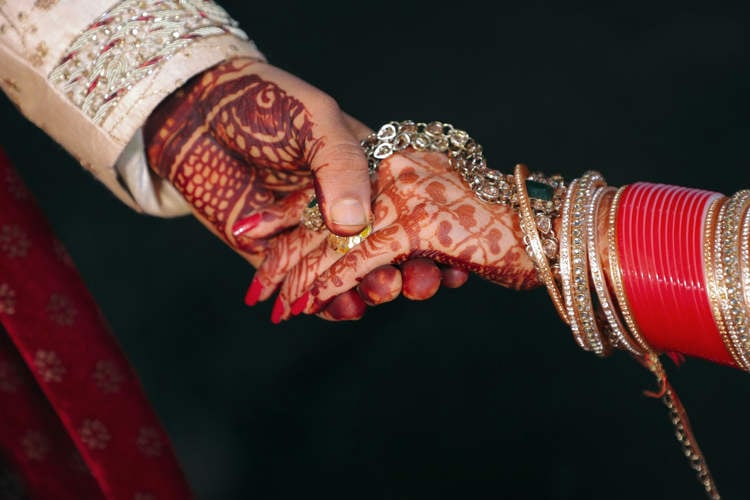Urban Tails Dubai, the world’s first seven-star resort for pets, was inaugurated this summer and owners say it was such a big hit they’ve been full all season.
Just think of this place like an equivalent of Burj al Arab for cats and dogs. It was created by Irish ex-pat Aideen O’Mara who moved to the UAE in 2004, where she worked at an international school before opening her luxury pet resort. She speculated the fact that dogs aren’t allowed on Dubai’s public beaches or in parks and decided to create an environment where cats and dogs could “socialize in luxury surroundings”, while their European masters went home during the hottest time of the month. This way, the poor animals didn’t have to be confined inside for five months, due to unbearable heat. ”I have always had pets and I feel that animals are given a bit of a raw deal in the UAE in terms of pet services on offer and they do not have much freedom in comparison to dogs in Europe.” Aideen says.





















